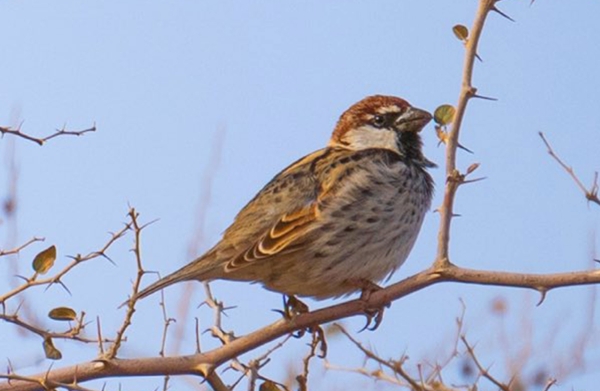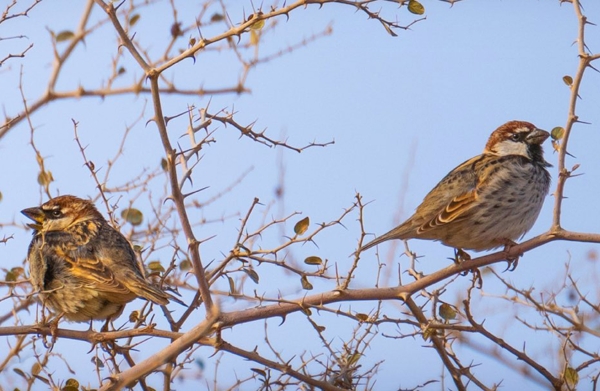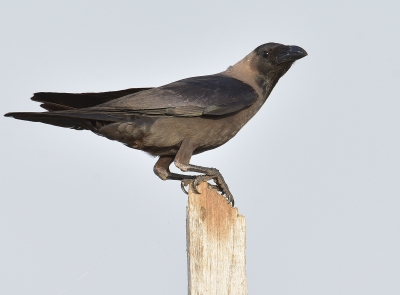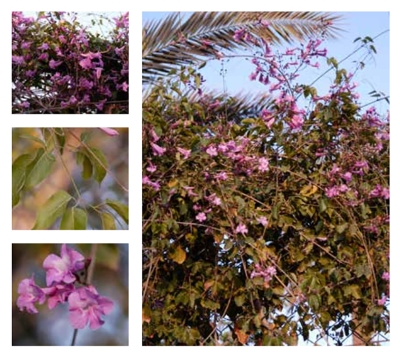

The House Sparrow (Passer domesticus) is a resident and breeding bird in the Kingdom of Saudi Arabia.
It is not a regionally and globally endangered species. However, its global population curve is decreasing while its regional population curve is stable. Its height ranges from fourteen to seventeen cm, and its weight is between twenty-one and thirty-three kg.
Habitat of the House Sparrow
The House Sparrow can be found in settlements and farms. It is also found in remote areas. Globally, this bird is found in Europe and North Africa. It passes through the Arabian Peninsula on its way to Southeast Asia and Northern China. It was introduced in many of the world's regions. It has twelve subspecies, including: The (Passer domesticus hufufae), found in the Eastern Province, and the (Passer domesticus indicus), widely found in the Arabian Peninsula due to the establishment of new settlements and farms. The House Sparrow is a resident and common breeding bird across the Arabian Peninsula.
Behavior of the House Sparrow
The House Sparrow feeds on buds, berries, food scraps, and invertebrates, especially in summer. It picks its food from the ground or plants.
The House Sparrow is mostly active during daytime. It usually flies in small flocks that become larger during winter. Flocks including two thousand birds were spotted.
These birds are monogamous. They nest individually or in free-standing colonies of up to twenty pairs. These colonies are mixed with other birds at times.
In terms of parenting, male birds are responsible for building nests while female birds help them cover and line the nest upon completion. Male and female birds jointly incubate eggs and care for their younglings.
The nest takes the form of a dome-shaped structure with a side entrance. It is made of grass, lined with paper, feathers, wool, and cloth. It is placed on a tree, shrub, or pillow made of feathers and grass, usually within a rock cavity, a building, a hollow tree, or an earth bank. Nesting requires between fourteen and sixteen days. The incubation capacity of the nest is four eggs, with incubation lasting between eleven and fourteen days.
Related quizzes
Related articles


